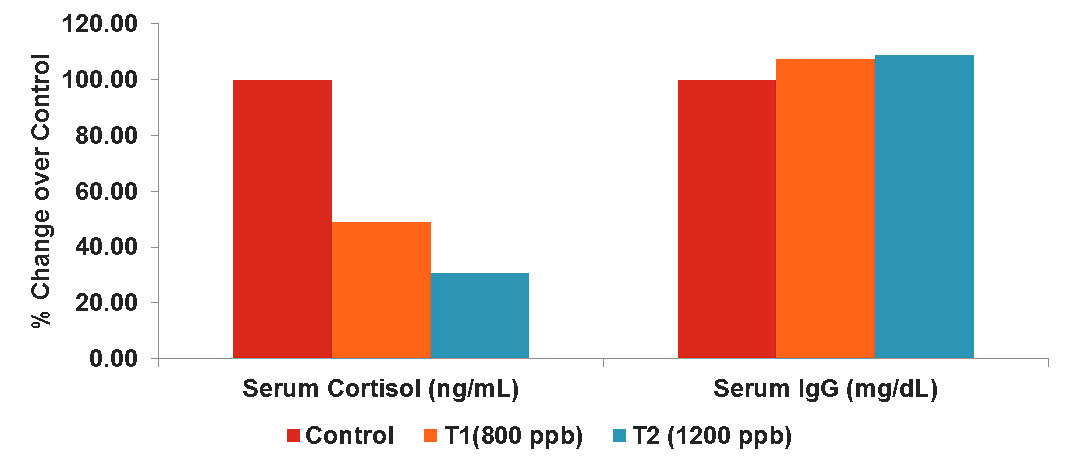Chromium! A mineral molecule that has developed a kind of an ambivalent relationship with the poultry industry owing to the myths and certain incidences in South Asian markets. Today, we reanalyze the Chromium safety and its feasibility in poultry industry and understand 4 why(s) to use Chromium in poultry diets and 4 ways to use it.
4 Why(s) to use Chromium in Poultry diets
1. Efficient utilization of feed nutrients
To maintain thermoregulation during summer season, birds tend to reduce feed intake which decreases metabolic heat production, this offset the effect of environmental heat up to a certain extent. The reduced feed intake has direct effect on the production performance of the bird. In some instances, chronic heat stress may effect egg production by 37% in commercial layers while also negatively impacting on feed conversion and egg weight (Star et al 2008)
Heat stress induced hyperglycemia leads to less utilization of glucose by the cells which causes a further energy deficiency in addition to reduced feed intake.
To understand how Chromium can help in efficient utilization of nutrients, we need to understand its mechanism of action (MOA).
Chromium is an essential part of Glucose Tolerance Factor (GTF). GTF is synthesized in vivo from absorbed dietary chromium, and acts as a physiological enhancer of insulin activity, binding to insulin and potentiating its action about three-fold.
Chromium affects insulin by binding to a low molecular weight oligopeptide named chromodulin (Insulin receptors) (Vincent, 2001). Chromodulin tightly binds four chromic ions and amplifies insulin receptor tyrosine kinase activity; thus, it enhances insulin action.
This enhanced insulin activity helps in glucose clearance from blood and increased uptake in to the cells. This leads to better utilization of nutrients from feed.
1. Boosts Immunity
Cortisol has been found to be immunosuppressive, inhibiting the production and actions of antibodies, lymphocyte function, and leucocyte population. Reduced feed intake and high cortisol levels has also been related to reduced weight of thymus/lymphoid organs. Reduced immunity in summer or normal stress periods makes the bird more vulnerable to viral infections and mortality.





